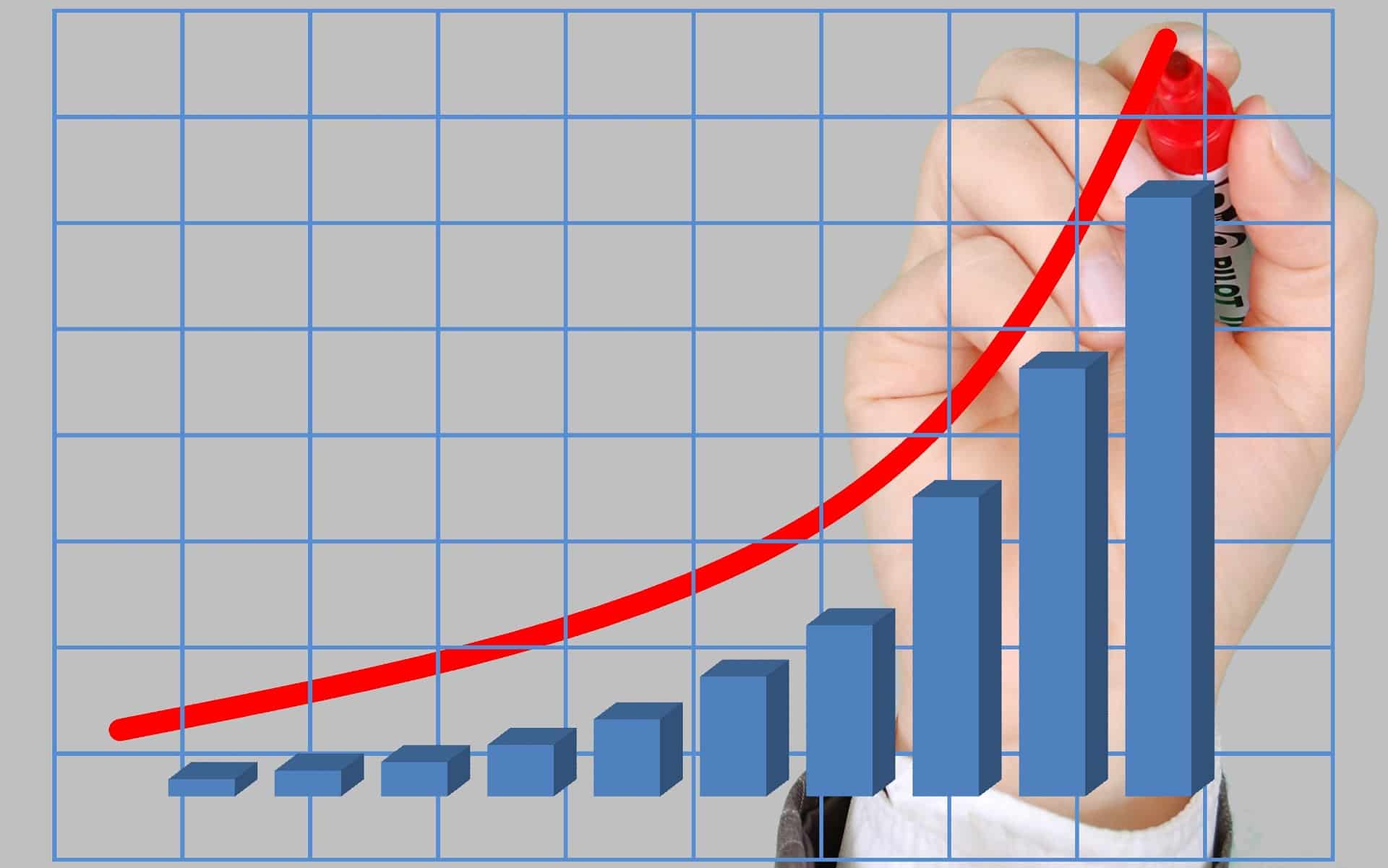Over the last two and a half years, the global economy has been ravaged with surprises popping up. A global pandemic hit, causing supply chains to suffer without a full recovery yet. Attacks on Ukraine hit, causing grain trade stress and strain across the globe, and further stress of the global agriculture supply chains. U.S. interest rates have skyrocketed, and rumors say that while we’re facing high inflation right now, a recession could be on the horizon.
With the news swirling around us, it’s important to know what’s happening in U.S. economics, and what to start preparing for in the future — especially as sentiment across the U.S. continues to fall. The Purdue University/CME Group Ag Economy Barometer reading in June continued on a downward slide — decreasing two points to a reading of 97. The Index of Future Expectations fell 5 points to a reading of 96. Researchers note that this is the lowest level for the index since October 2016.
Is there reason to hope that issues causing economic stress could be correcting themselves? According to Purdue’s Allan Gray, supply chains seem to be on the path to correction.
Gray, director of the Center for Food and Agricultural Business at Purdue University, described today’s market as a rollercoaster.
“I may be a little optimistic in the sense that I put COVID in the front curve of the rollercoaster — maybe we’re past that,” he said at the American Seed Trade Association’s Leadership Summit. “Unfortunately, we have a conflict in Ukraine that’s created a second loop for us, and right in front of that rollercoaster is inflation — I think that is the No. 1 topic we need to be worried about or thinking more about.”
When thinking of the economics going on in the world, there are four main questions to ask when thinking about inflation:
- What is the nature of monetary policy?
- How do inflation expectations affect wage negotiations?
- How do consumer spending habits evolve relative to inflation?
- How long will supply chain disruptions last?
Inflation Reaches Far into Society
“Inflation has reached the highest rate in more than 30 years,” Gray says. “8.6 is an incredibly high inflation relative, and most of us don’t know about inflation.”
In response, the Federal government raised interest rates — but realistically, the funds were raised by .75 basis points.
“We’re a long way from where we could be with respect to interest rates — and that’s an important thing to keep in mind,” Gray says.
Wages are continuing to rise. According to the U.S. Bureau of Economic Analysis, wages in the U.S. increased 11% from May 2021-22.
Granted, increases in wages aren’t necessarily a reason to raise an alarm. “Wages are always rising,” Gray says.
The bigger issue, he notes, is the statistics around employment data.
“Right when the pandemic hit, we had a whole bunch of people who aren’t employed anymore relative to the size of the population,” Gray says. “That’s been rising back up, but not as fast as we thought.”
As of June 2022, the U.S. Department of Labor and Bureau of Labor Statistics report that unemployment rate is sitting at 3.6% — of 5.9 million people in the U.S. To compare, unemployment in April 2020 was at its largest spike, at 14.7%.
“Is inflation having an impact on wages? Perhaps, but the two slopes are relatively the same,” Gray says. “There’s a good argument for saying wag raises may have more to do with the great resignation than inflation. I don’t have a solid answer whether wages are rising as a result of inflation — it seems to be maybe not yet.”
If increased wages were the result of inflation, Gray says he would expect wages to be rising at a faster rate due to the supply problem associated with the great resignation. “That, by definition, is going to cause wages to rise faster,” he says.
As of right now, there’s no clear indication of it.
As for demand of different products in the supply chain — demand is on the rise and causing price increases. The easiest example to see this in is the grocery store.
“Good prices are clearly rising,” Gray says. “In fact, they’re at their highest level since the 1970s. More importantly — food inflation is a really big deal in the rest of the world, which fuels real concerns about hunger and additional food insecurity.”
In the U.S. alone, food-at-home prices, including grocery store or supermarket food prices, increased 1.3% from April to May 2022, and was 11.9% high than May 2021. The USDA Economic Research Service reports that in 2022, food-at-home prices are predicted to increase between 8.5% to 9.5%.
“This is the problem with inflation,” Gray says. “In agriculture, we tend to think inflation isn’t a terrible thing — but it is a terrible, terrible thing. We see what the Russia-Ukraine crisis has done for us. Wait until that crisis gets wider, because there’s too many people hungry in the world and they want to rise up. It creates a lot of instability.”
The Center for Food Demand Analysis and Sustainability at Purdue University recently asked consumers: what are you doing about inflation and how is it affecting your demand for food? Thirty-one percent said it’s not doing much at all to their food demand, while 24% are seeking out more sales or discounts.
“Increases in food prices don’t affect everybody equally,” Gray says. “It’s something that we need to make sure we’re paying close attention to — everyone is supposed to have a chance to eat affordable, safe and accessible food.”
Stay tuned as we continue to look at how inflation is affecting supply chains in the U.s. currently.













